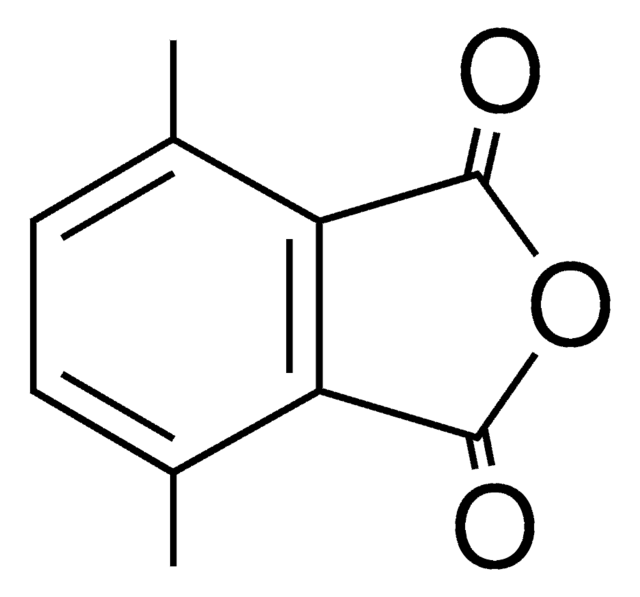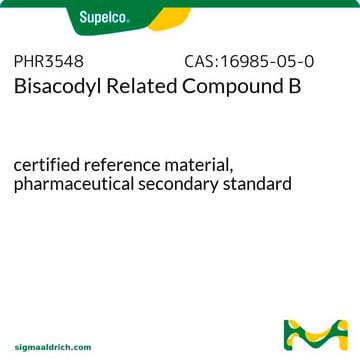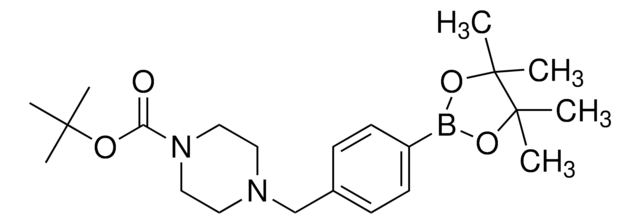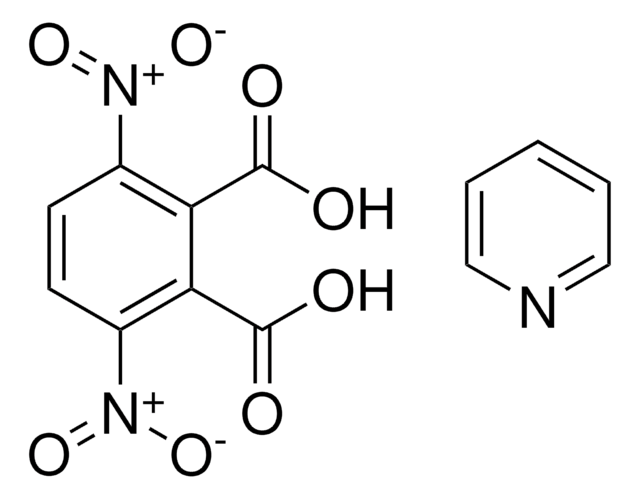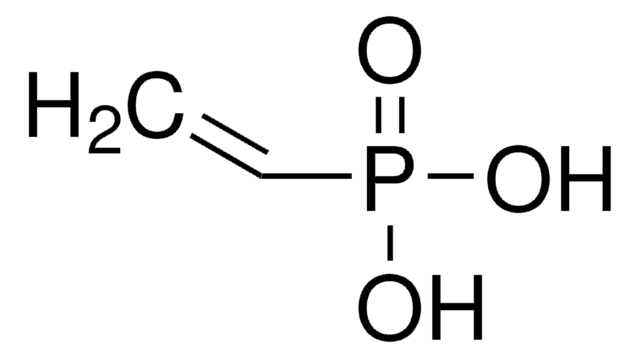H5019
11-Hydroxy-Δ9-tetrahydrocannabinol
vacuum-dried powder
Synonym(s):
7-Hydroxy-Δ1-tetrahydrocannabinol
Sign Into View Organizational & Contract Pricing
All Photos(1)
About This Item
Empirical Formula (Hill Notation):
C21H30O3
CAS Number:
Molecular Weight:
330.46
MDL number:
UNSPSC Code:
41116107
Recommended Products
form
vacuum-dried powder
drug control
USDEA Schedule I; regulated under CDSA - not available from Sigma-Aldrich Canada
technique(s)
HPLC: suitable
gas chromatography (GC): suitable
format
neat
storage temp.
−20°C
SMILES string
CCCCCc1cc(O)c2[C@@H]3C=C(CO)CC[C@H]3C(C)(C)Oc2c1
Looking for similar products? Visit Product Comparison Guide
Application
Refer to the product′s Certificate of Analysis for more information on a suitable instrument technique. Contact Technical Service for further support.
Signal Word
Warning
Hazard Statements
Precautionary Statements
Hazard Classifications
Acute Tox. 4 Oral - Repr. 2
Storage Class Code
11 - Combustible Solids
WGK
WGK 3
Flash Point(F)
Not applicable
Flash Point(C)
Not applicable
Personal Protective Equipment
dust mask type N95 (US), Eyeshields, Gloves
Choose from one of the most recent versions:
Already Own This Product?
Find documentation for the products that you have recently purchased in the Document Library.
Identification of 9 -tetrahydrocannabinol and metabolites in man.
M E Wall et al.
Journal of the American Chemical Society, 94(24), 8579-8581 (1972-11-29)
J Röhrich et al.
Journal of analytical toxicology, 34(4), 196-203 (2010-05-15)
Cannabinoid concentrations in blood and urine after passive exposure to cannabis smoke under real-life conditions were investigated in this study. Eight healthy volunteers were exposed to cannabis smoke for 3 h in a well-attended coffee shop in Maastricht, Netherlands. An
Alex Straiker et al.
British journal of pharmacology, 165(8), 2660-2671 (2011-10-22)
Cannabinoids such as Δ(9) - tetrahydrocannabinol, the major psychoactive component of marijuana and hashish, primarily act via cannabinoid CB(1) and CB(2) receptors to produce characteristic behavioural effects in humans. Due to the tractability of rodent models for electrophysiological and behavioural
Stefan W Toennes et al.
Archiv fur Kriminologie, 225(3-4), 90-98 (2010-05-29)
When defendants are confronted with evidence of cannabinoids in their blood suggesting consumption of cannabis they sometimes argue that this could only be due to a passive exposure. The small number of controlled studies available showed that tetrahydrocannabinol (THC), the
Ross H Lowe et al.
Drug and alcohol dependence, 105(1-2), 24-32 (2009-07-28)
Generally, urinary 11-nor-9-carboxy-Delta9-tetrahydrocannabinol (THCCOOH) after alkaline hydrolysis is monitored to detect cannabis exposure, although last use may have been weeks prior in chronic cannabis users. Delta9-Tetrahydrocannabinol (THC) and 11-hydroxy-THC (11-OH-THC) concentrations in urine following Escherichia coli beta-glucuronidase hydrolysis were proposed
Our team of scientists has experience in all areas of research including Life Science, Material Science, Chemical Synthesis, Chromatography, Analytical and many others.
Contact Technical Service